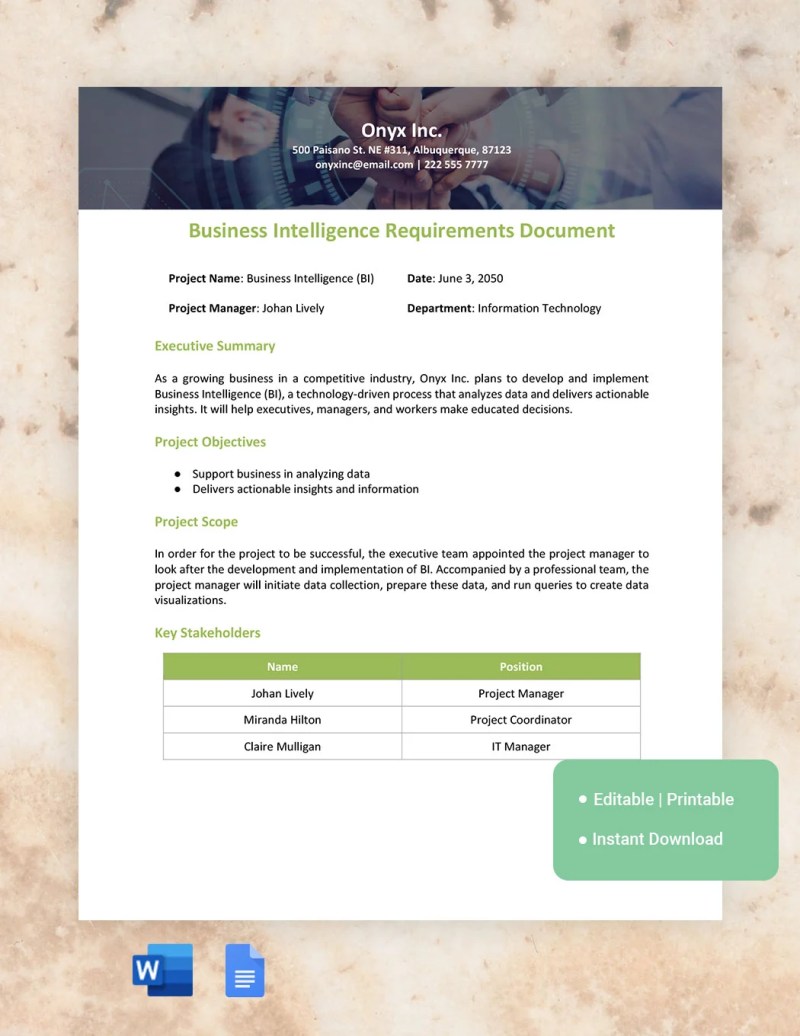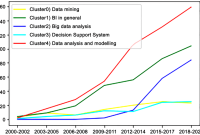Business Intelegence Department – When HeyJobs closed its Series B funding round and the much-discussed hypermarket transitioned from hype to our new reality, we knew things were about to change. Very ambitious goals were set to further develop our product, expand into new markets, increase the size of the company, help our talents find work and fulfill their lives.
The Business Intelligence (BI) team at HeyJobs is always on hand to support our colleagues with all their data needs and is empowered to make strategic and operational decisions. So as the company began to rapidly expand, along with all the business and technical complexity, the BI team needed to grow to meet our core mission.
Business Intelegence Department
In the early stages, BI was a cross-functional team of long-term data warehouse (DWH) analysts and engineers, with analysts focused on their domains (marketing, sales, product, etc.) and engineers. parallel processing across all domains. This very simple structure has served us better at company and team scale in terms of managing delivery across functions and domains while maintaining team alignment, teamwork and a sense of unity.
Business Intelligence Services 🖥️
However, as more team members were added and the team continued to grow, we expected to reach a certain critical team mass beyond which it would no longer be possible (or at least inefficient) to remain a single team. The main symptoms began to appear slowly and gradually:
That’s when we knew we couldn’t be just one big team and it was time to break up!
Our team structure was essential for growth and we started thinking about finding a concrete concept on how best to structure the team considering the expected scale. To set ourselves up for success, we decided to do a little research and consider possible team structures.
As a disclaimer, we’d be remiss if we didn’t point out that there can’t be one shoe that fits everyone, and criteria may vary. No one-size-fits-all team structure can fit all companies and business models, but we hope this serves as inspiration.
Business Intelligence Director Resume Examples For 2024
The first option corresponds to the most traditional possible team setup, where the BI team is separated by functions leading to separate and distinct analytics and engineering teams.
Scaling the BI team over time will require further division into domain-based analytical and engineering functions, as described below.
Cross-functional teams are team members with different skills and knowledge who combine their specializations and different perspectives to achieve a common goal. They create real value and address the bigger picture and as individuals are naturally motivated to be part of something bigger. Everyone has a purpose and a clearly defined role in terms of understanding what they want to contribute to the larger group and the skills they bring.
When evaluating the installation, compared to the previous Functional variant, you can’t be surprised at everything. We expected analysts and engineers to fully meet all of the above criteria
Organizing For Bi, Analytics And Big Data: Coe, Federated Or Departmental
In this option, analysts and engineers are part of a large product team, backend/frontend/QA engineers, designers, etc. consists of cross-functional people such as and fully oversees the internal processes of the product team. This type of structure requires a small BI team responsible for developing and scaling the BI core, DWH and reporting infrastructure, for example to ensure stability and scalability. This team structure is easily scalable because team members are not tied to the core BI team, but rather each product team is responsible for hiring according to their needs.
As part of this team effort, we see unique benefits in the form of strong performance across all criteria within the product team.
However, analysts and engineers are far apart, and this setup has all the possible disadvantages of the previous two options.
We realized that none of the traditional setups could help us with our upcoming scaling challenges. That’s why we’ve tried to create our own custom setup that combines the best features that functional (option 11) and cross-functional (option 22) team structures have to offer into a new hybrid setup, while avoiding their main pitfalls. .
Standardizing Kpi’s Around A Business Intelligence Team
As the team grows, the hybrid approach can be scaled to include DWH engineers and analysts in parallel, as well as domain-level teams, as shown in the figure below.
When evaluating the installation, we see all the main advantages of functional and cross-functional modifications
You’ve probably noticed that row management hasn’t been conveniently mentioned. Our studies show that some flexibility is necessary in the early stages of expansion, but a more rigorous approach is needed in the long term. On the analytics side, we clearly see that domain and people leadership must eventually be aligned under separate teams, while on the engineering side, traditional structures remain ineffective.
In fact, success is about getting the top-level team structure right first. While a hybrid setup has worked for us so far, it’s always good to remember that the structure of research, learning and improvement is necessary to reflect the scope of the team at any given time. The Introduction to Business Intelligence course provides an overview of business intelligence. The course starts with some basic concepts of business intelligence and how it differs from data science, before covering key roles and processes.
Top Business Intelligence Tools In The Market
The Introduction to Business Intelligence course provides an overview of business intelligence. The course begins with a basic understanding of business intelligence and how it differs from data science, and then covers key roles and processes. Learn more about each role and what skills are required for each position. As you progress through the course, you’ll understand how these roles work to deliver business insights, as well as examples of BI tools and how they can help revolutionize your business.
Who should take this course? The Introduction to BI course is ideal for professionals who work with data and want to learn more about business intelligence. This course covers key industry concepts and provides a foundation for advanced business intelligence topics. Common career paths for students who complete this course are Business Intelligence, Asset Management, Data Analytics, Quantitative Analytics and other financial careers.
Introduction to Business Intelligence View for free Course presentation Download What is Business Intelligence? Free View BI Free View roles and processes
Why stop here? Expand your skills, demonstrate your expertise with professional certifications, specializations and CPE credits on the job.
Advanced Business Intelligence In Lime Crm
A great introductory course to BI. Now it’s a BI role and process for me. I highly recommend taking this course.
The program gives us a clear intelligence and business intelligence objective and is technical. I recommend taking courses and gaining experience.
To this day and since taking the free courses I find the courses very interesting and change the way I work with financial materials and create professional challenges and now I am taking the actual course.
I like the simplicity of the breakdown of the courses, it is understandable. I wish there was room to practice using BI and Data Analyst tools. This was all a free course with a certificate.
Bi Business Intelligence Concept With Big Word Or Text And Team People With Modern Flat Style
You will enthusiastically complete the Introduction to Business Intelligence course and obtain the CFI certification. The general course provides additional skills in business intelligence, especially business management. The basic concepts of BI and how it differs from data science helped me understand key roles and processes. I got details about the roles and management of different roles in the BI process including data analysis, data visualization and data engineering with important details about each position. Understanding how these roles work helps the business manager make informed decisions and provides business insights.
This course is very informative and informative, I was able to learn even what I didn’t need.
The course provided a comprehensive introduction and laid a solid foundation for future Business Intelligence related courses.
Introduction to BI Intelligence is a key course if you want to become an FPNA financial analyst and manager in the future
Business Intelligence: What It Is And How To Build A Strategy
Great for new BI tools. Offer courses in advanced/focused BI tools before graduation.
I thought it would be difficult for me to enroll in this BI course. I didn’t know if I would finish the course.
The course content is so beautifully designed that it is a
Sac state business department, department of business administration, business intelegence, finance department business plan, department business plan template, police department business cards, verizon wireless business department, business department, florida department of business, business department structure, t mobile business department, verizon business department




